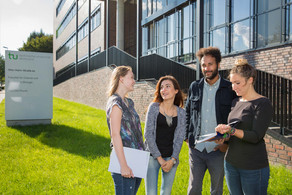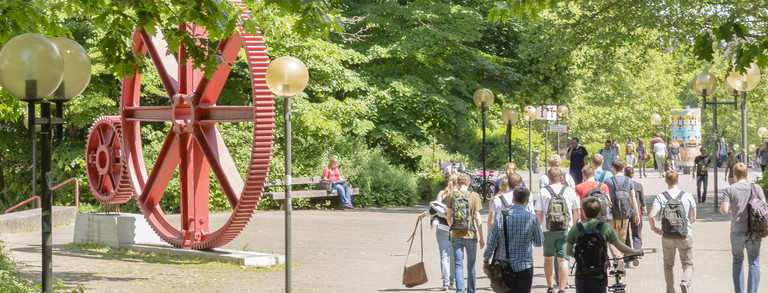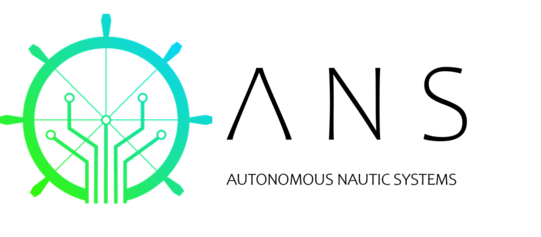
Autonomous Nautical Systems / Autonome Nautische Systeme
The Autonomous Nautical Systems (ANS) research group is a merger of Chairs 4, 7 and 14 to jointly advance the automation and autonomy of (inland) shipping in Germany. To this end, assistance systems and secure software systems are being developed. The establishment of the "Inland Vessel Image Detection Alliance" (IVIDA) is also being promoted.
Contact: Dr.-Ing. Alexander Puzicha
We offer theses within these subject areas at any time.
The following topics are currently being worked on:
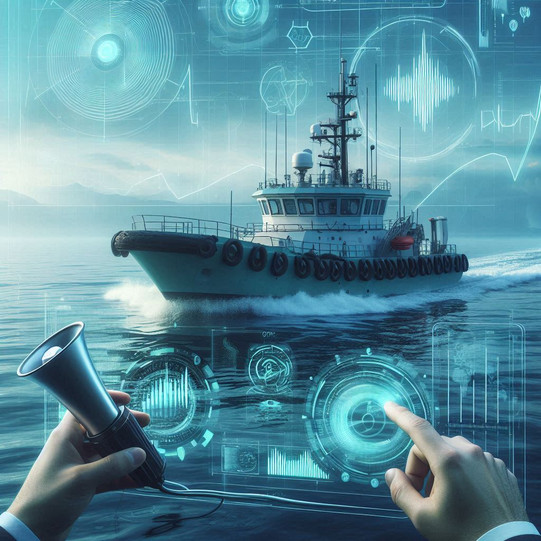
Autonomous signaling and analysis
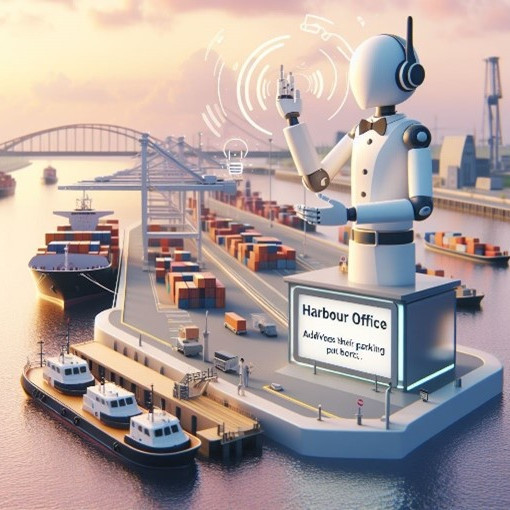
Autonomous natural language communication
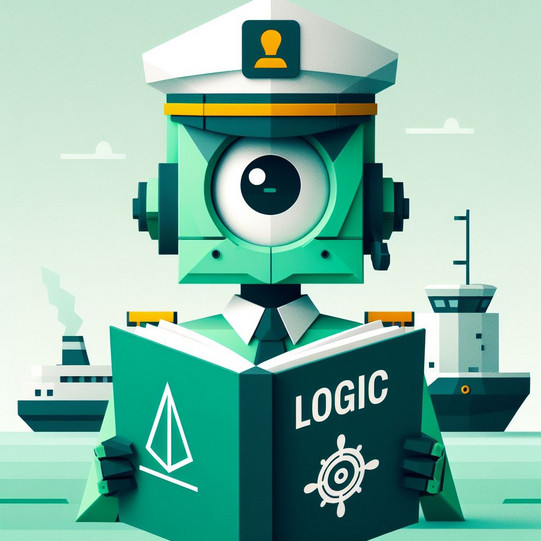
Logical modeling and solutions for collision situations
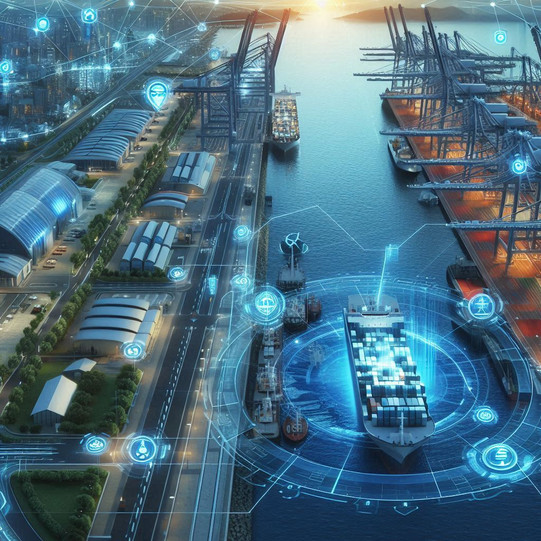
Optical infrastructure detection
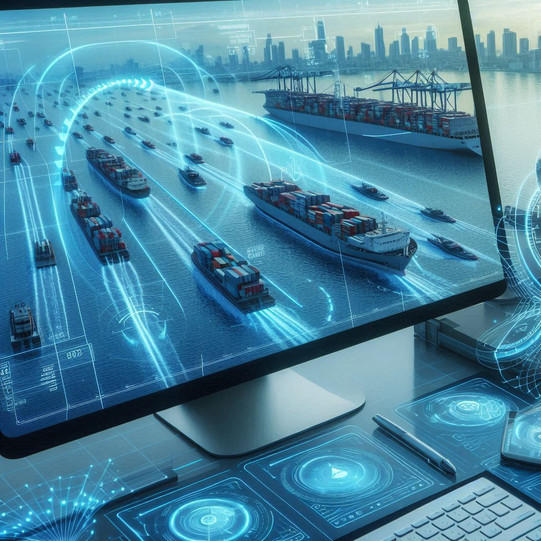
Optical traffic situation analysis
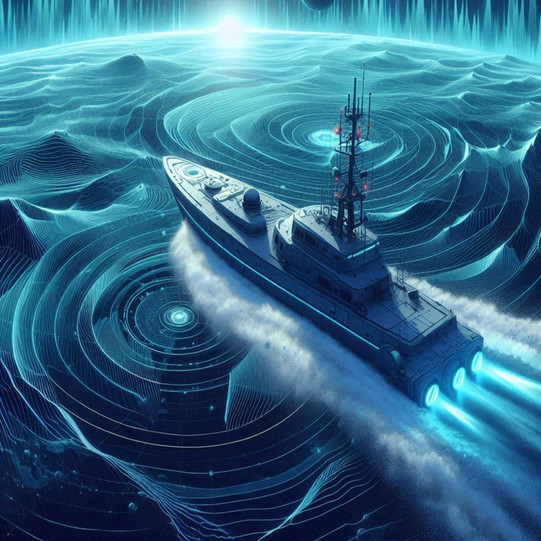
GNSS (GPS)-free localization and cartography
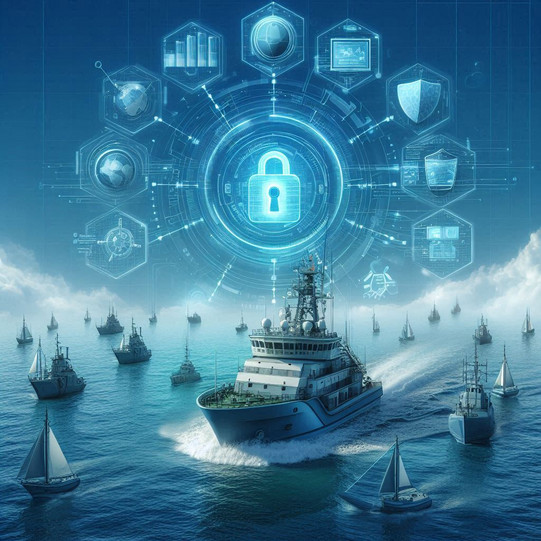
Secure software systems for autonomous ships
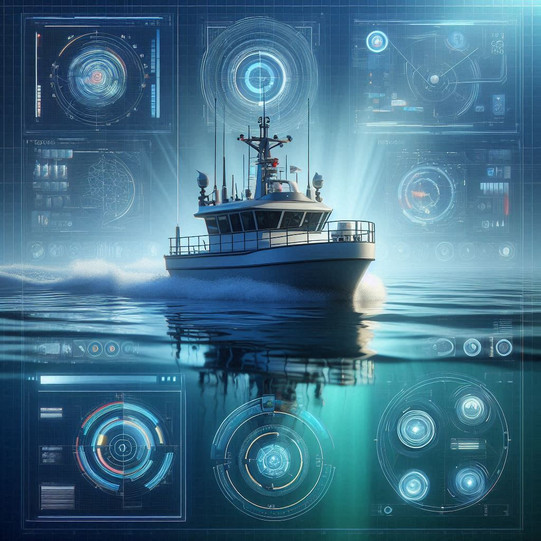
Sensor data fusion for autonomous ships
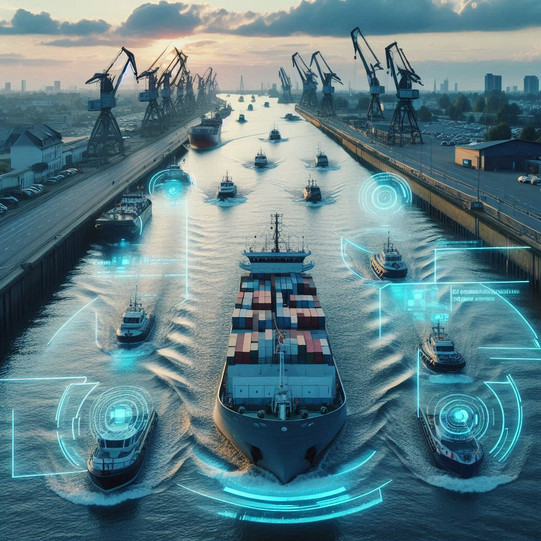
IVIDA - Inland Vessel Image Detection Alliance
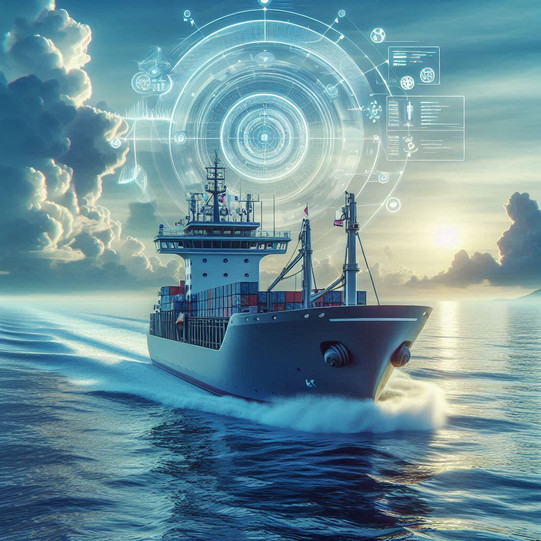
Simulation and control of autonomous ships
Autonomous signaling and analysis
This sub-project is developing autonomous ship horns and light guidance systems that enable simple intuitive signaling as well as roughly locating given signals and displaying them to the skipper. Digital processing makes it possible to react automatically and to transmit this information to remote control stations.
Final theses currently to be awarded:
- Robust sound localization using triangulation and audio stream analysis
- Hardware development for autonomous signaling devices on ROS2
- AI-based weather and visibility analysis for the situation of reduced visibility
- Development of a rain and brightness sensor for ships.
Autonomous natural language communication
This sub-project is developing fully open and digitally responsive radio devices and the associated natural language assistants for processing, analyzing and responding to the radio messages received.
The following project groups have emerged from this:
- Radio chatbot for autonomous seagoing and inland waterway vessels
Final theses currently to be awarded:
- Linking radio messages with AIS data and their visualization
- Logging database and AI-supported analysis for automatic improvement
- Hardware development for autonomous radios and ATIS decoding
- Modular web app using NiceGUI and ROS2
- Natural language assistant for the autonomous management of ports and locks. For this topic, we were able to gain ShipLogic from Rotterdam as a partner.
Logical modeling and solutions for collision situations
This sub-project formalizes the laws and automatically evaluates the resulting logical formulas for collision situations. The result contains instructions for action and controller constraints in order to plan only permitted trajectories.
Currently available theses are
- Logical modeling of the Inland Waterways Regulations and the Rhine Police Regulations
- Logical modeling of the maritime waterway regulations
- Logical modeling of the Moselle and Danube Police Regulations
- Development of a graphical simulator to analyze the logics
Optical infrastructure detection
This sub-project deals with the detection of ship-related infrastructure on the waterways. Examples include berths, supply infrastructure, bridges, bollards, dolphins and locks.
Final work to be awarded:
- Detection of bollards and mooring points for leisure and commercial shipping for autonomous mooring and mooring procedures.
- Detection of supply infrastructure
- Detection of critical infrastructure to switch to a more cautious operating mode.
Optical traffic situation analysis
This sub-project deals with the detection and analysis of road users and sources of danger on the waterways. This includes the classification of vessels, the determination of their relative positions and their visual signs. Furthermore, the observation of recreational boating, swimmers and other leisure activities is of central importance, as these often exhibit a high risk potential and rash, spontaneous behavior.
Final theses offered:
- Ship classification and relative position detection
- Detection of swimmers and people
- Detection of other sources of danger
- Prediction of leisure activities on the waterways
GNSS (GPS)-free localization and cartography
This sub-project deals with the GNSS-free localization of the ship and the mapping of the surroundings. The usual method (SLAM) is adapted for different types of sonar.
Final work offered:
- Extension of the sonar SLAM method through improved odometry
- VSLAM for ships with IntelRealsense camera
- Front-Looking-Sonar-SLAM
- SideScan-Sonar-SLAM
Secure software systems for autonomous vehicles
This sub-project develops and analyzes software systems, network communication and data distribution layers for the safe operation of ships.
Final theses offered:
- ROS2-based watchdog for restarting hardware and software components
Sensor data fusion
This sub-project deals with the fusion of sensors on ships and takes into account their special features:
Final theses offered:
- Automatic radar adaptation for inland waterways
- Camera-based AIS data validation
Inland Vessel Image Detection Alliance (IVIDA)
The aim is to build a Europe-wide image and video database to promote European small and medium-sized companies that do not have the capacity and possibilities of large (non-European) corporations to promote AI-based image recognition. Images, videos, labeled material and models for different areas are shared here in the sense of "give and take".
Theses offered:
- Development of a pipeline for automatic segmentation and bounding box creation from simple labeled data
Simulation and control of autonomous ships
This sub-project deals with the further development of the ACPBP model-predictive controller for the control of autonomous ships with bow and stern thrusters as well as reversing. A photorealistic and physical simulator is also being developed in order to be able to test computer vision-based processes in the simulation.
Current topics in this area are:
- Development of a ROS2 integrated ship simulation based on the CryEngine and its physical water simulation
- Further development of the ACPBP MPC control for ships with bow and stern thrusters
- Integration of the ACPBP MPC in ROS2 and simulation of ships using Gazebo



